Harman Photo have today announced the release of their Phoenix colour film in 120 format. Previously only available in 35mm, this released has been teased and leaked over the internet for the last few weeks, but as of 3pm today it’s official! If you would like to find out more from the horses mouth, you can find info on their website here, else please read on for thoughts on shooting my first few rolls.
Harman Phoenix 200
Released in late 2023, Harman Phoenix 200 was the first film from Harman Photo; a brand new colour emulsion developed and manufactured at the Mobberly plant in the UK. Phoenix is the beginning of a new line of films, and though highly experimental, I’d argue it’s almost as much about what it represents than what it is (though I do love it!). It’s important to note that this is not an Ilford film, and that Harman Photo and Ilford Photo are separate entities under the Harman Technology brand.

Phoenix received mixed reviews on launch, with the high contrast and pronounced grain being two common gripes. Another potential issue was that some scanning setups – particular Noritsu scanners – could yield very crunchy and gritty images compared to others, putting some folks off. Nevertheless, when exposed and scanned well it produced images with a unique and distinctive look, with vivid colours and an overall punchy look.
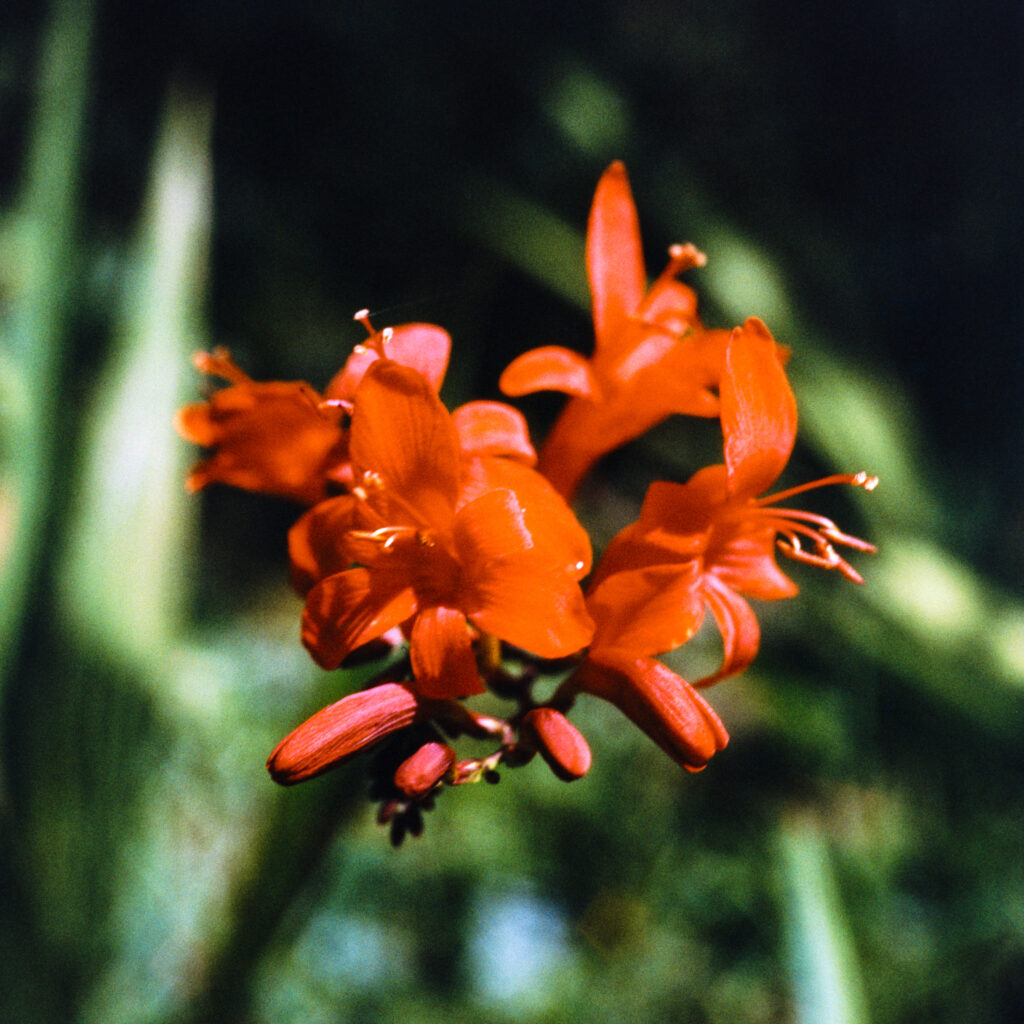
When I received a call to ask if I would like to try Phoenix in 120, I was elated. Having spent many hours experimenting with Phoenix in the 35mm format, I have a very intimate understanding of this film and how it behaves, how best to shoot it, the best option for development, etc. Larger formats tend to moderate contrast for a given film by – put simply – having more grains (or dye clouds) in a given portion of the image, allowing high contrast edges to step up/down more gradually. This has the added benefit of making the grain less apparent for the same reason, and reducing the extend to which halation – that glowy goodness (or badness, depending on your taste) around highlights – rears its head.

Phoenix in 120
I have shot Phoenix in both the 6×6 format and the panoramic 6×17 format, netting 12 and 4 shots per roll, respectively. The tradeoff you make for the reduced number of frames per roll is that each one is of significantly higher quality than in the 35 mm format. It isn’t just better in 120, it’s a good choice. And options are what medium format needs, with scarce few colour films available, and 6 of them being a pair of films available in 3 different speeds each.
It’s ultimately the same emulsion, just cut to a larger format, so though the grain and contrast are somewhat better managed, other aspects like exposure latitude (the extent to which you can accidentally over or underexpose and still get a usable image) aren’t helped. Excess underexposure turns the grain up to 11, and overexposing too much gives a very flat, washed out image. It does seem a smidge more lenient in 120, but I’m not certain.
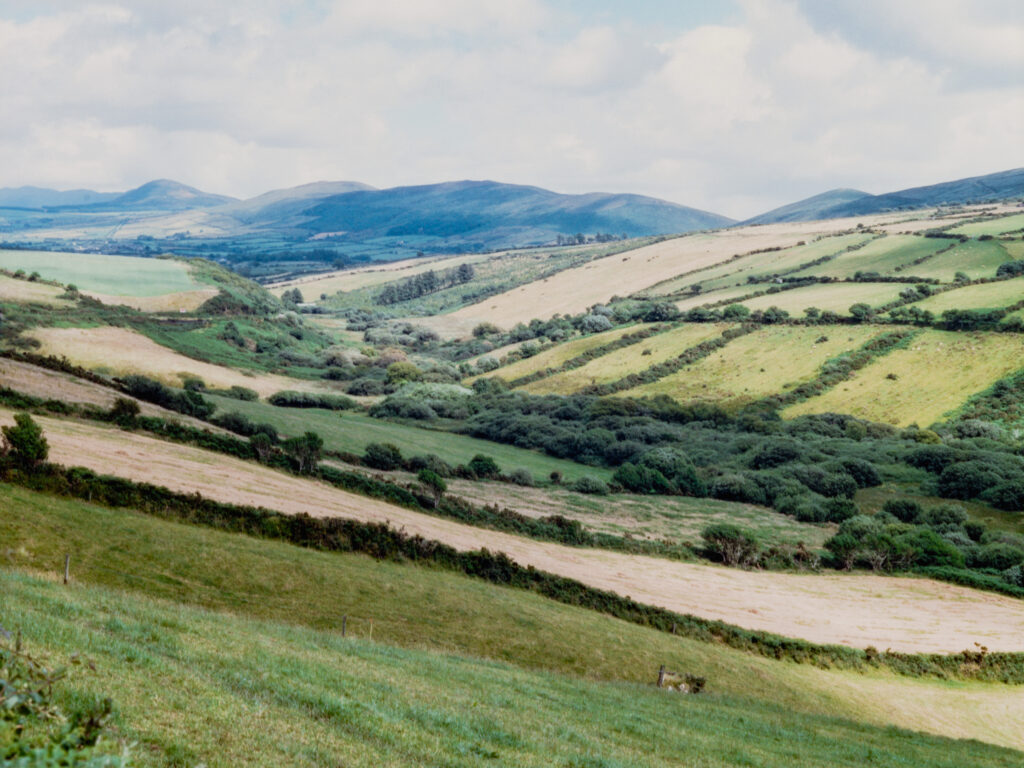
Just like in 35mm, the film benefits from a little overexposure, with many people rating it at 160, 125, or even 100. I recommend sticking to 125-160 though, erring on the 160 side on a bright day and overexposing a little more on flatter, more overcast days. As my Rolleiflex SL66 can only control exposure in half-stop increments, I set my light meter to ISO 200 and set my aperture a half-stop wider (brighter) than I metered for. Essentially, I metered at EI 140 as I felt 100 would be too much based on my past experiences.
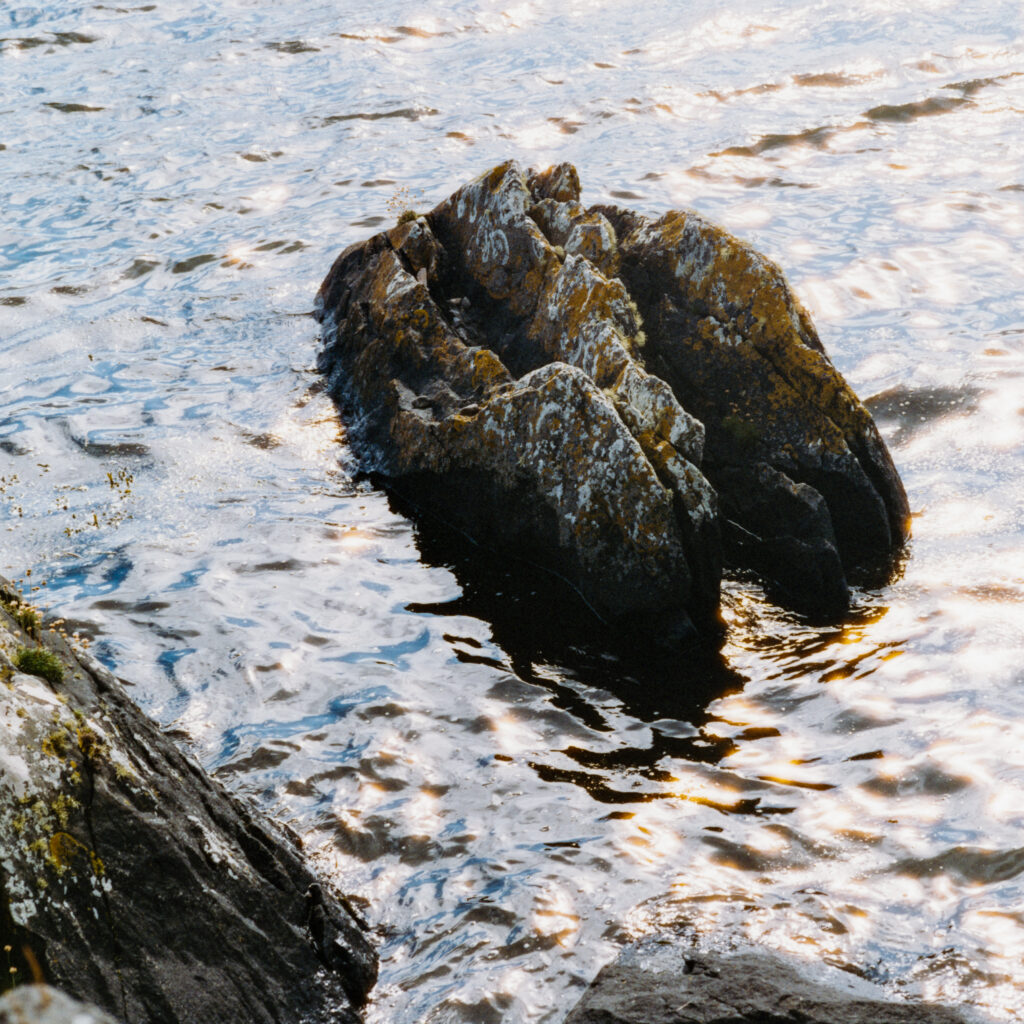
Pull processing
I didn’t just try regular C-41 development, though. If there’s one thing I love doing with Phoenix, it’s playing with development, and I tried almost everything that previously worked well for me in the 35 mm format. Like I saw before, pulling the film 1 stop (setting your light meter to 100 instead of 200, then developing for less time) made a huge difference, reducing the contrast and softening the intense saturation, and most importantly, cleaning up the grain in the shadows.

I’m not just overexposing though: the reduced development time is important and prevents the highlights from blowing out. The benefits of the larger negative make this change less extreme than in 35 mm, but it still helps a ton.

Cross-processing (ECN-2)
Something that worked particularly well was cross-processing in the ECN-2 cinema film process. This gives images with immensely finer grain, reduced contrast even without pull processing (a common trait off the ECN-2 process), higher acutance (perceived sharpness), and had a minimal colour cast towards cyan/teal that’s easily fixed when scanning.

This is really my favourite way to shoot Phoenix, and I shot this roll at 140 like before. I would have tried 100, but I was cursed with beautiful sunny weather in Canada and I didn’t want to push my luck with Phoenix’s latitude!
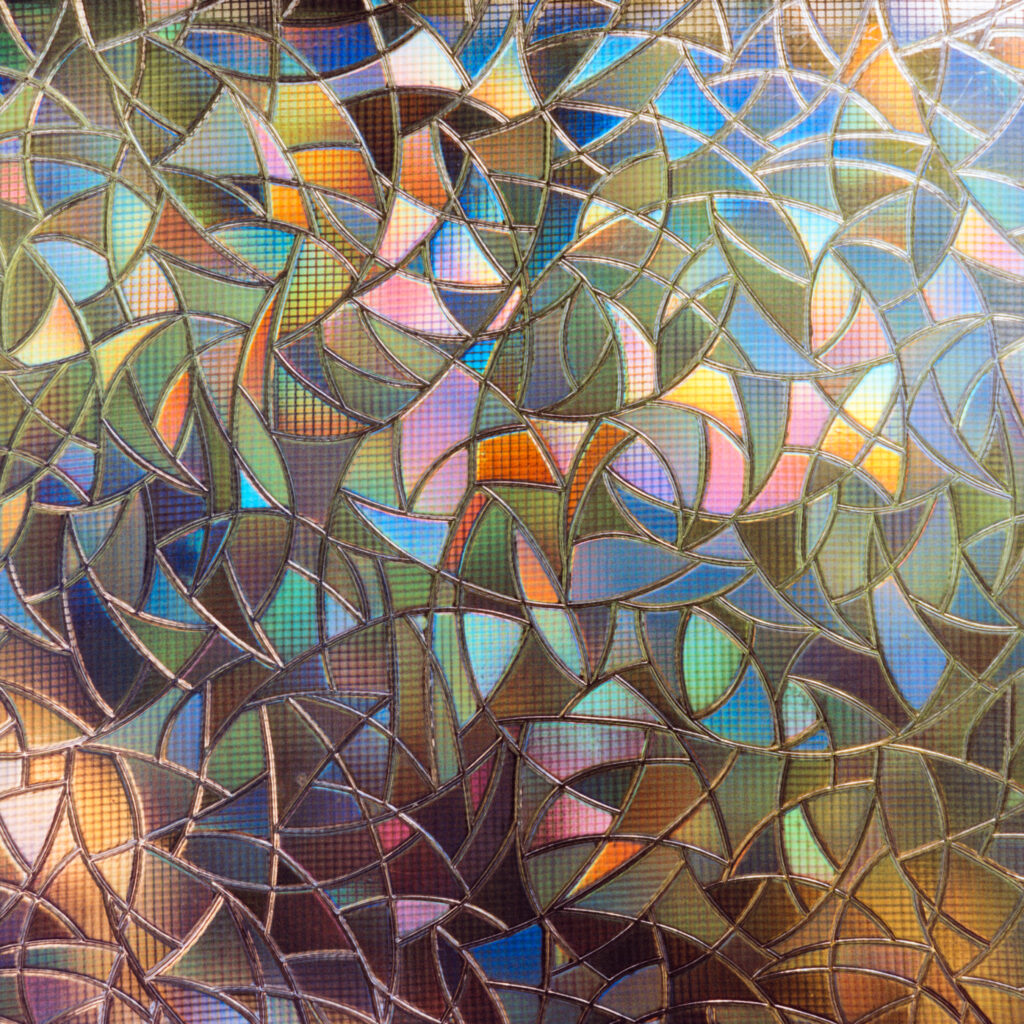
A lot of labs don’t offer C-41 pull processing, but regular ECN-2 development is becoming a lot more common thanks to the rising popularity of Vision3 films for consumer stills photography, so it’s a more broadly available option. And if you ask me, it’s a better choice for Phoenix in both 35 mm and 120.

Push processing
Phoenix has never been a great option for push processing, and it’s better in 120, but still not a film I would go out of my way to push if I could avoid it. When doing this I usually opt to rate the film at 500, rather than rating it at 800, and overdevelop by +2 stops. The bigger negative helped to keep the grain manageable but it’s far from a fine-grained high-speed option. I was able to recover a surprising amount of shadow detail, though!

Final thoughts
All in all, Phoenix is a much better film in 120 than in 35mm, in my mind. The film’s main limitations (other than being picky about scanning) are all still here, but have been tempered to varying degrees by working with a larger negative. I’d argue that it’s a tiny bit less finicky about exposure in medium format, giving you a bit more leeway, which is very welcome when you have fewer shots per roll. And again, any new options for 120 colour film are highly welcome.
I’m very thankful to Harman Photo for being among those who could try Phoenix out in medium format over the summer, and I’ll definitely be ordering more as soon as I can. I’m extremely excited to see what comes next as part of their ongoing investment into colour film. They did a lot in one year to produce Phoenix, so I have high hopes for the future.
Again, for more info see the Harman website here
Share this post:

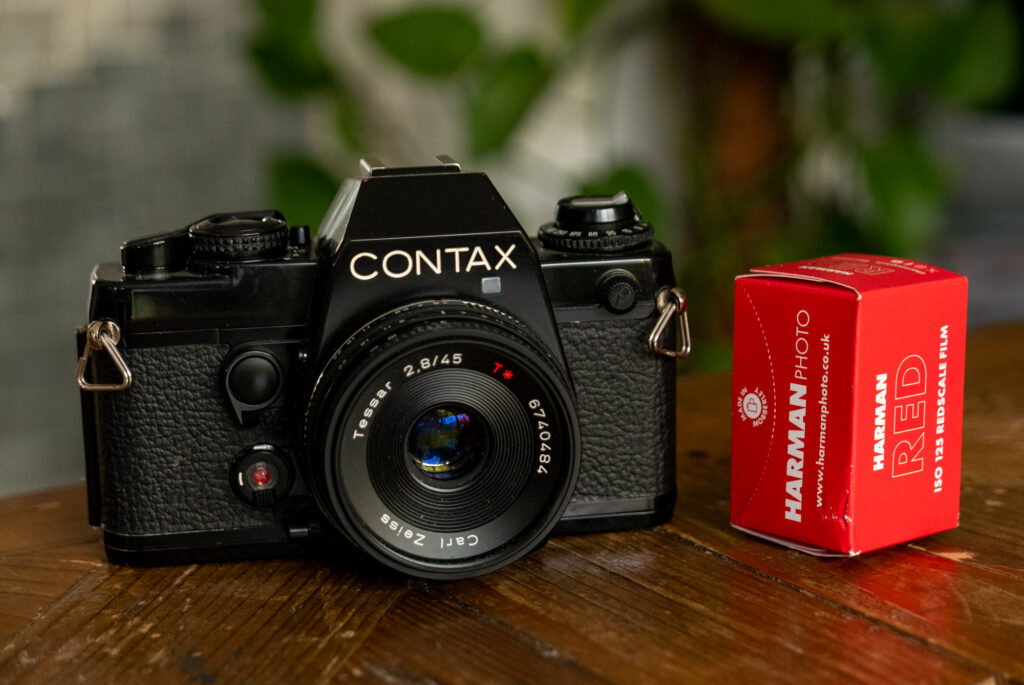
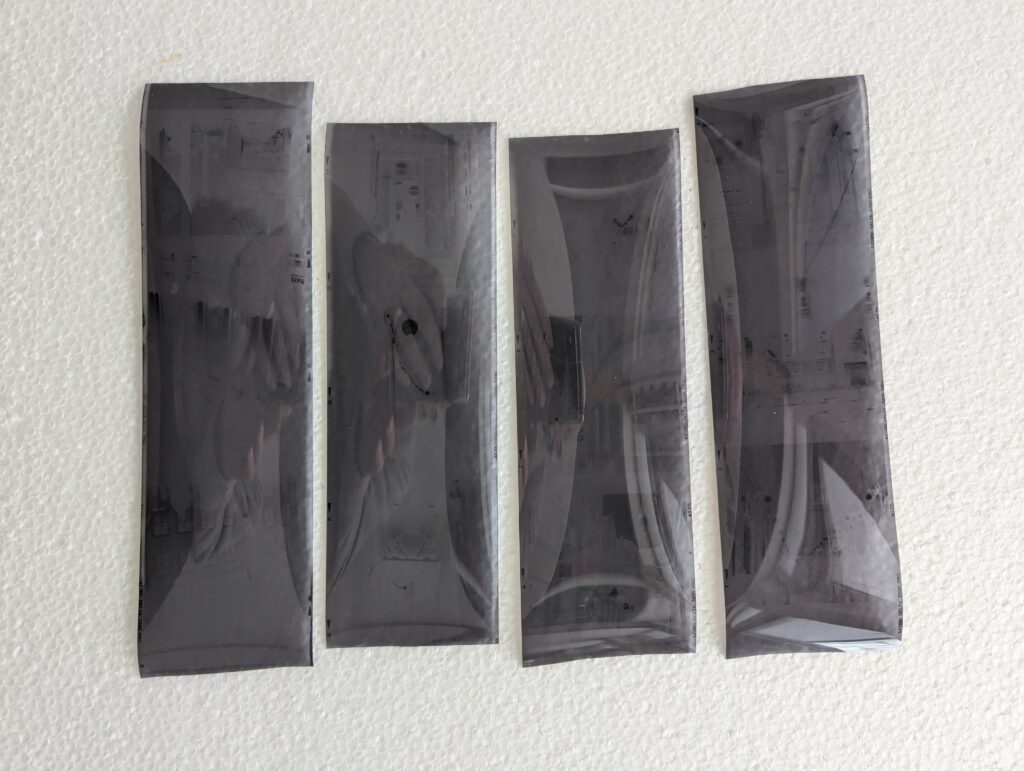

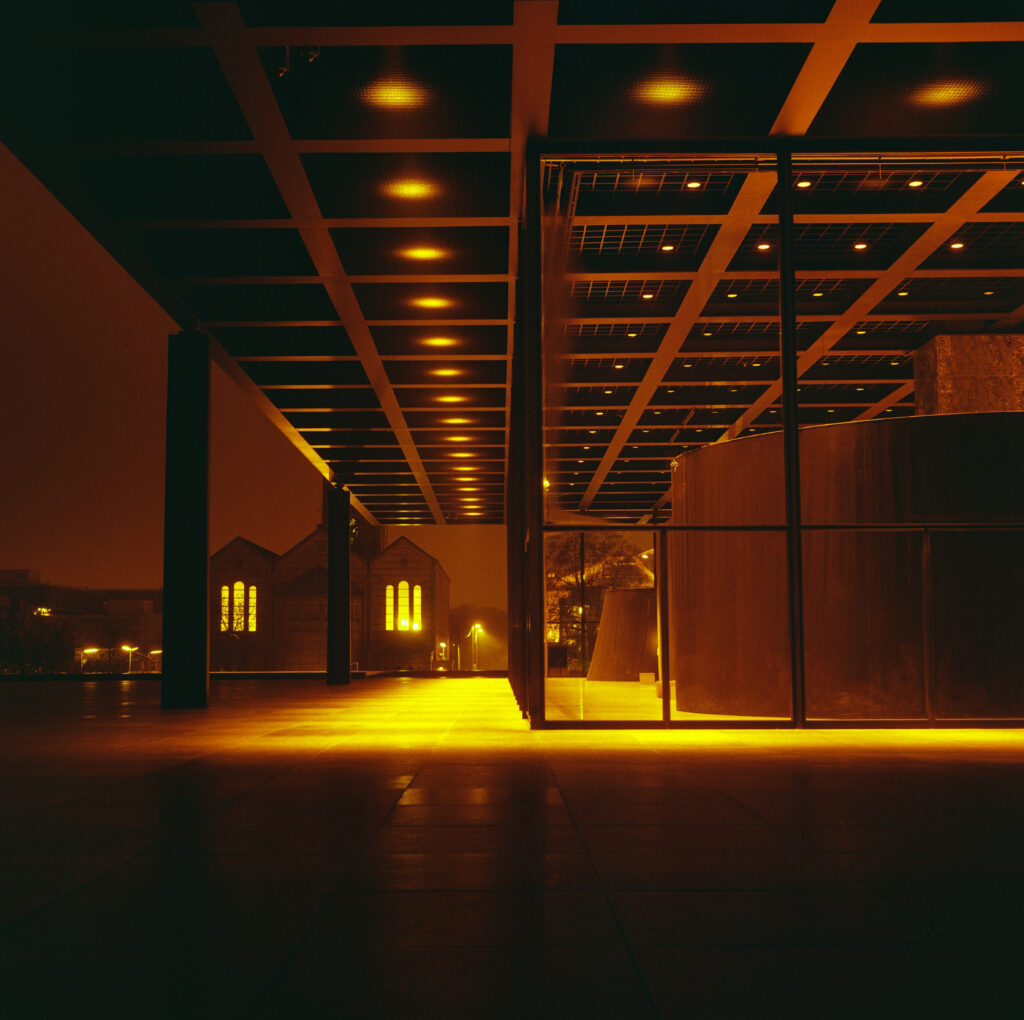




Comments
Jeffery Luhn on Harman Phoenix – Now Available in 120 – My First few Rolls
Comment posted: 05/09/2024
Comment posted: 05/09/2024
Pino Shah on Harman Phoenix – Now Available in 120 – My First few Rolls
Comment posted: 05/09/2024
Paul Quellin on Harman Phoenix – Now Available in 120 – My First few Rolls
Comment posted: 05/09/2024
Comment posted: 05/09/2024
jason gold on Harman Phoenix – Now Available in 120 – My First few Rolls
Comment posted: 06/09/2024
Truth! I have no incling or want to spend on color films and labs, when my DIGITAL is far superior! I know this is a Pro Film blog!, darkroom, it is better! For those buying expensive equipment, it matters lttle!
The new digital medium format a marketting ploy! When did a 35mm format lens cover a real medium format?
Comment posted: 06/09/2024
Stevenson G on Harman Phoenix – Now Available in 120 – My First few Rolls
Comment posted: 06/09/2024
John Andrews on Harman Phoenix – Now Available in 120 – My First few Rolls
Comment posted: 08/09/2024